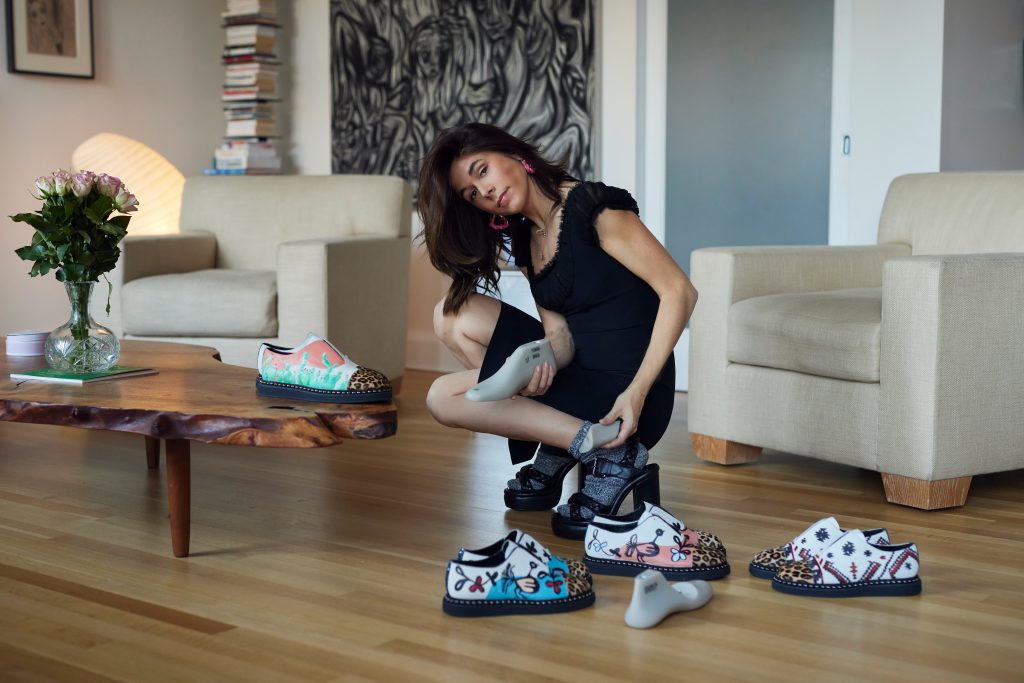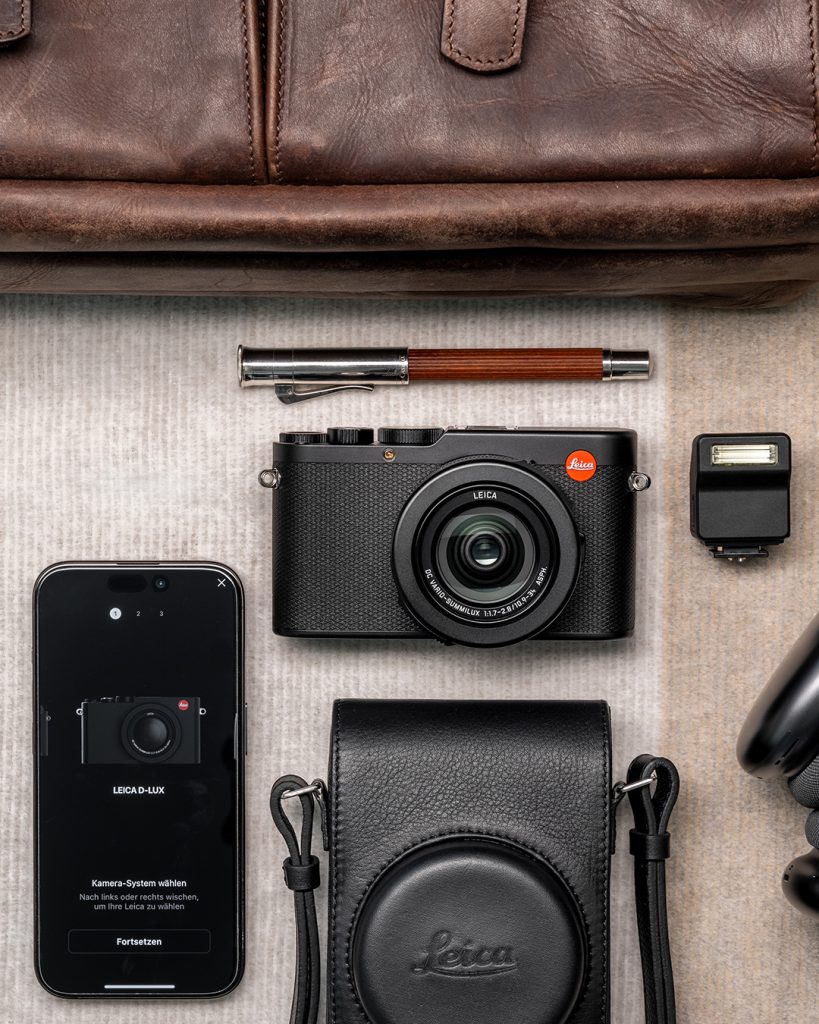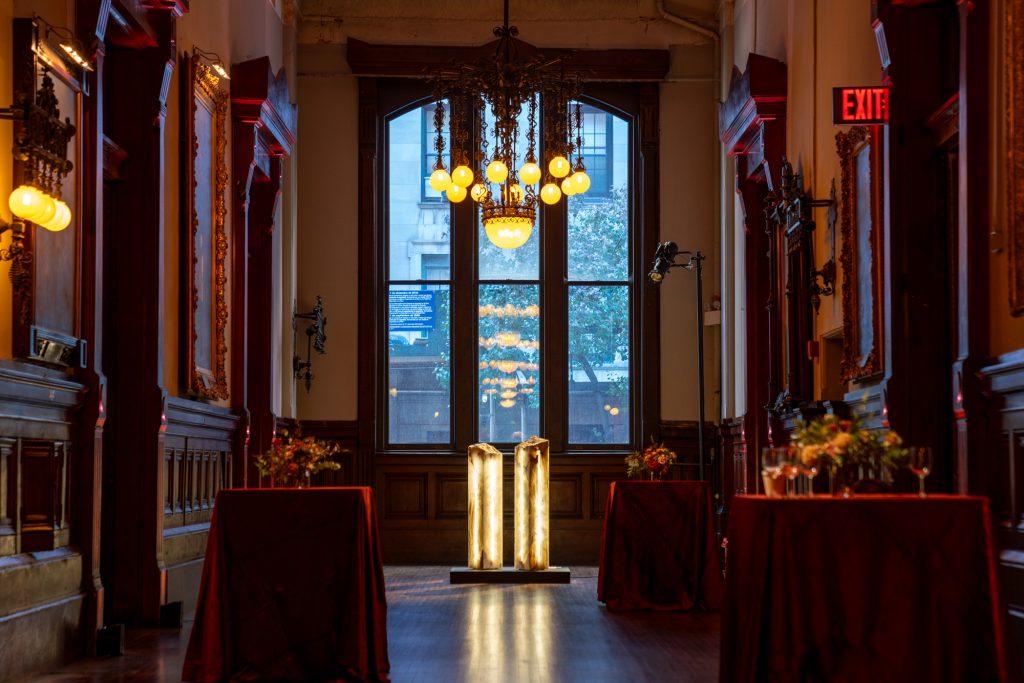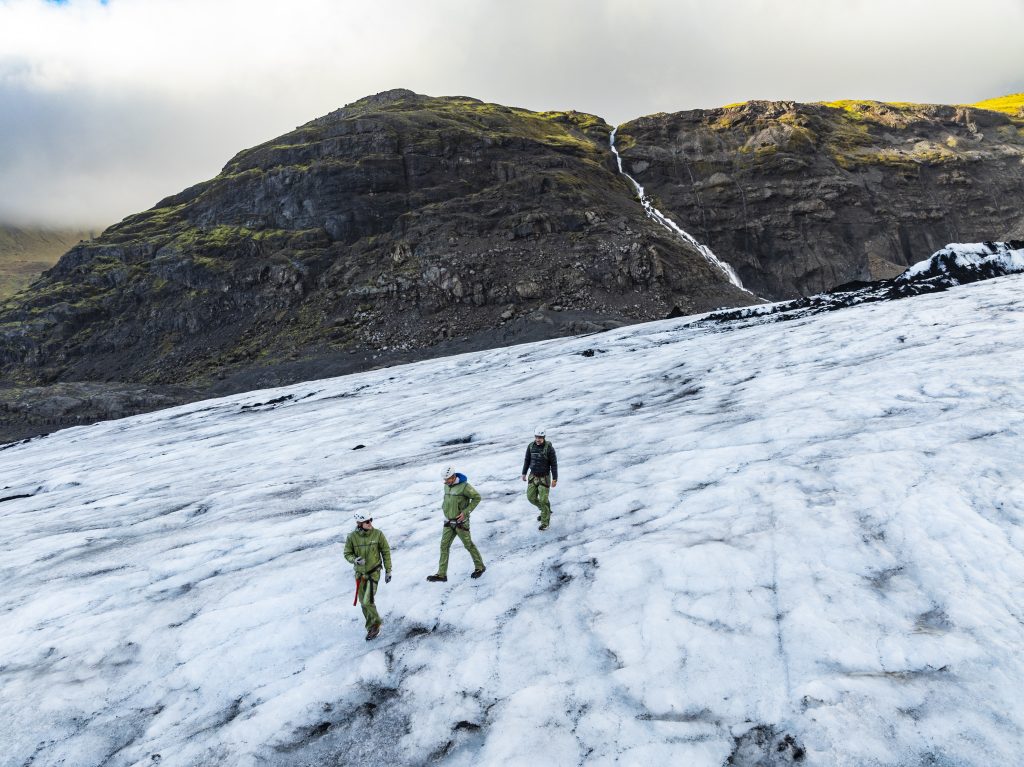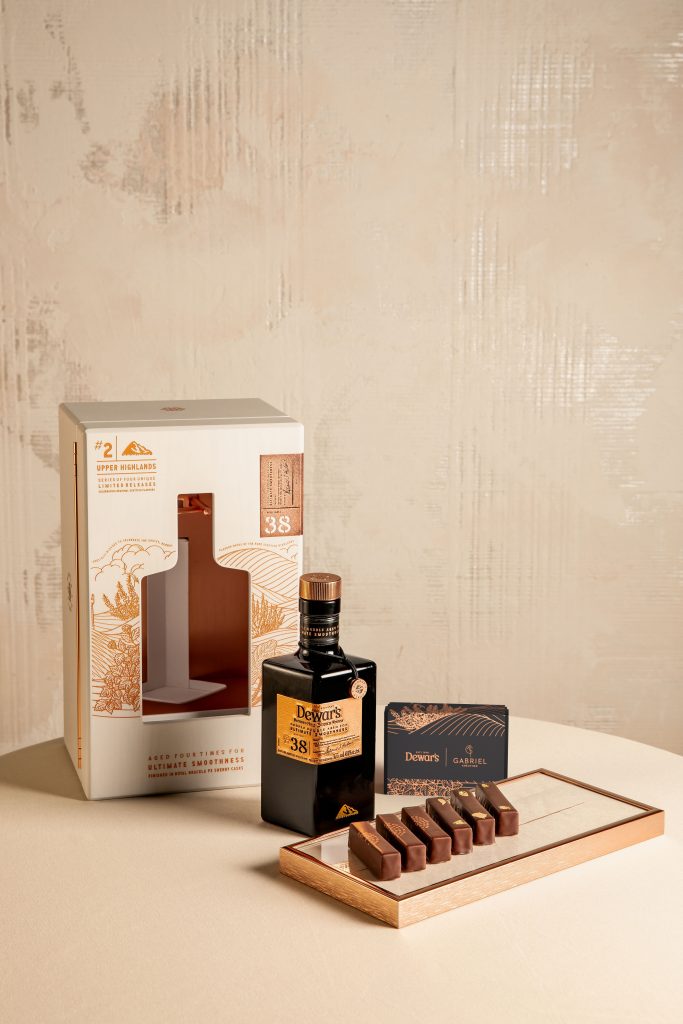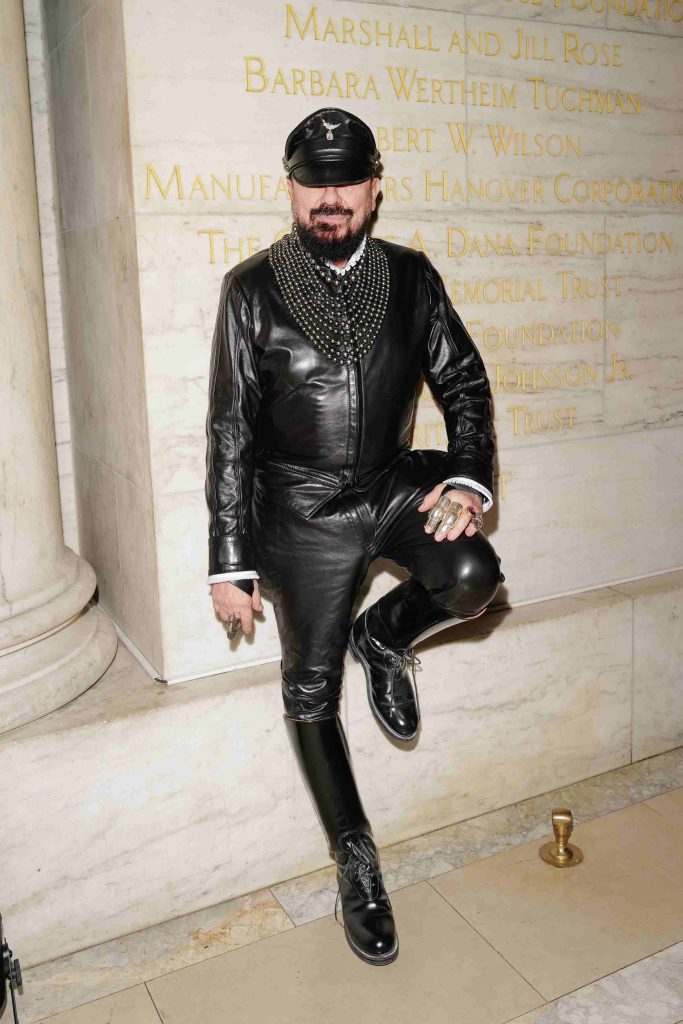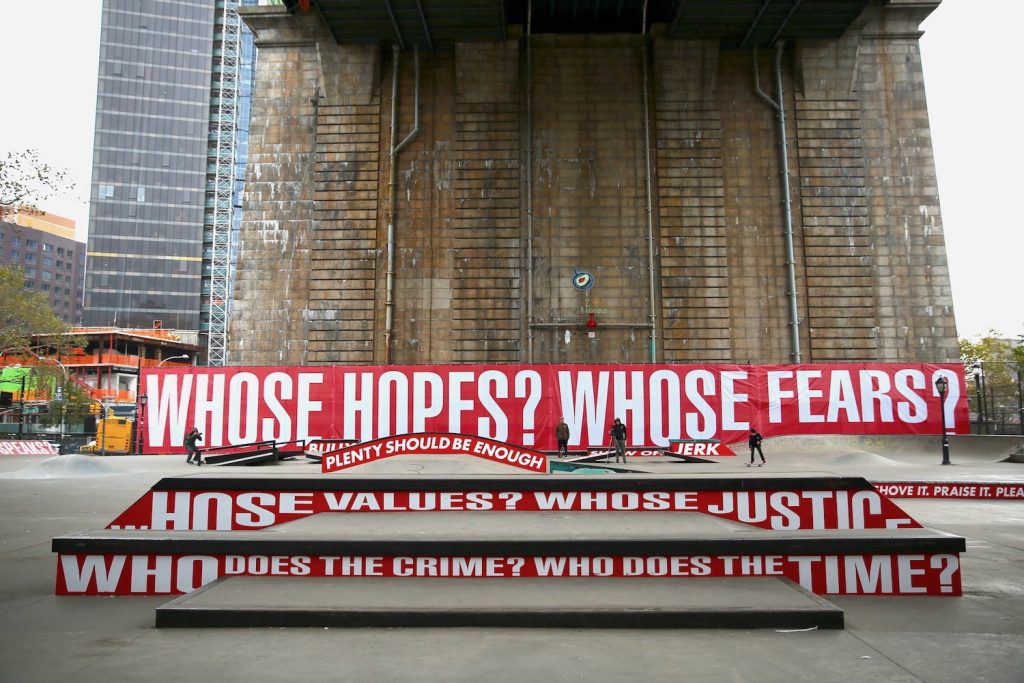NFT Paris: Pairing the Physical and Digital
Tapestries, apparel, documents and more real-life items

Physical pieces linked to digital goods have been buzzing around web3 from the early days of the term “phygital,” the slightly confusing “digital twins,” Gmoney’s take with “networked products” when he launched 9dcc and multiple other references. This past week at NFT Paris, a handful of high-profile projects continued linking the physical and the digital in a thought-provoking way that may help convert those still skeptical of NFTs.

“The Final Frontier,” the latest chapter of the Tom Sachs: Rocket Factory project, is focused on creating a metaverse of planets, space stations and other elements that are inspired by dystopian and bizarre environments. “The Final Frontier” features 1,000 handmade, generative 3D planets and 10,000 space station apartments that hover in the void. These elements are designed to be viewed on 3D world-building platform Monaverse, the leading platform for fully custom interactive worlds.
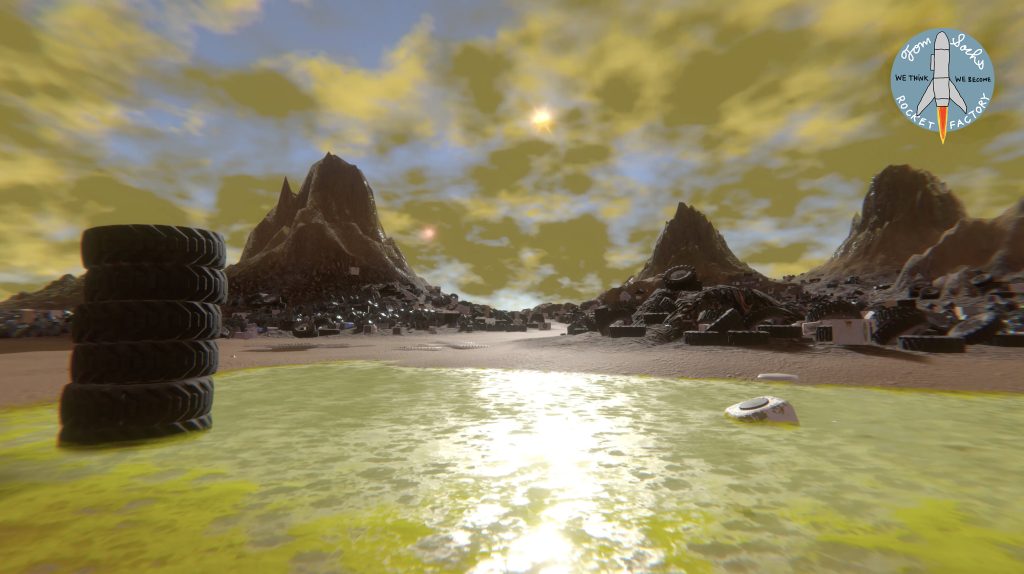
Attendees roaming NFT Paris stumbled across the Tom Sachs: Rocket Factory Indoctrination Center within the arts section, which included a range of immersive features such as Sachs’ sculptures and visuals of the worlds he created for The Final Frontier metaverse. The staff operated a live marathon “indoctrination” and intake activation, allowing interested parties to jump headfirst into their new galaxy. Over 300 participants went through the experience process and received a physical, personalized, official NFC-chipped web3-enabled identification card powered by IYK, a product that allows users to verify IRL ownership and attendance. Participants were able to choose from over 1,000 worlds and 10,000 apartments for their ID cards, making the experience personalized and interactive.
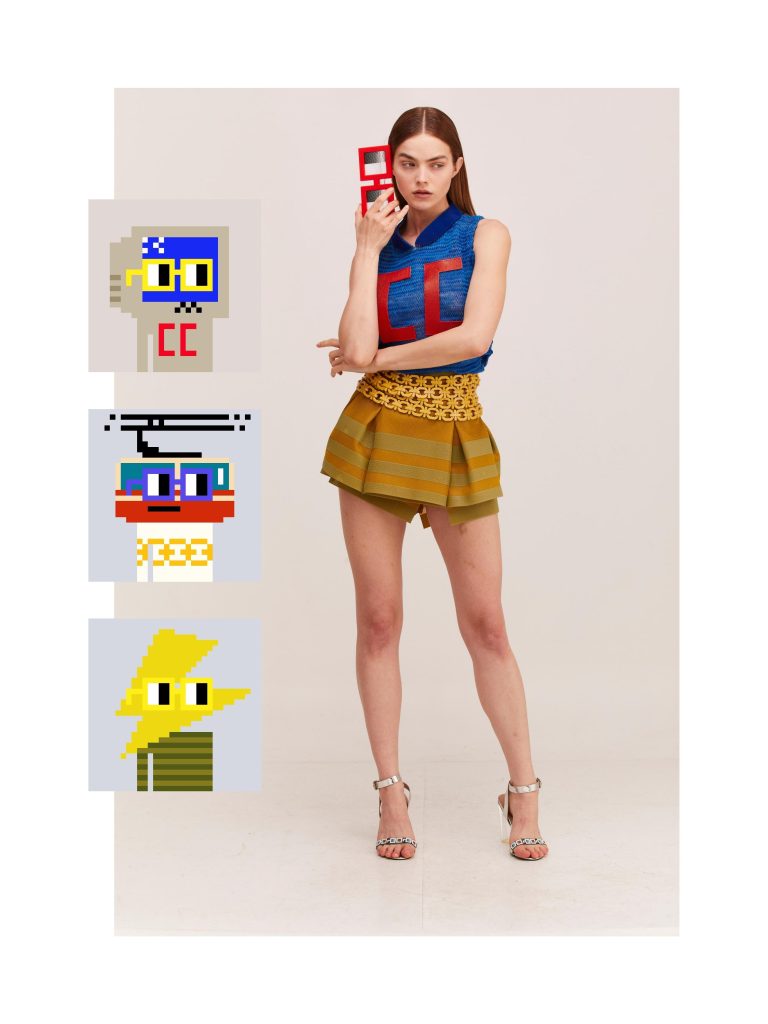
Danit Peleg, a pioneer in 3D-printed fashion debuted a new collection inspired and funded by Nouns, an “open source” Creative Commons 0 brand controlled by those who hold Nouns NFTs. The garments were designed using OPTITEX, a pattern-making software that enabled Danit to create 2D and 3D versions. The collection was printed using proprietary filaments that are being developed by Moon Creative Lab and Peleg and utilizing 3D-printed technologies including FDM, Polyjet and Multi Jet Fusion.

Each look is inspired by a different Noun NFT and the result is a strong representation of the color, whimsical design and playful essence that the Nouns themselves possess. One garment is emblazoned with a red CC that could be interpreted as a play on Chanel’s logo while also being a nod to Creative Commons 0, in which the intellectual property rights of a work of digital content have been relinquished. Another standout in the collection is a skirt comprised of numerous iterations of a Noun, with their signature glasses.
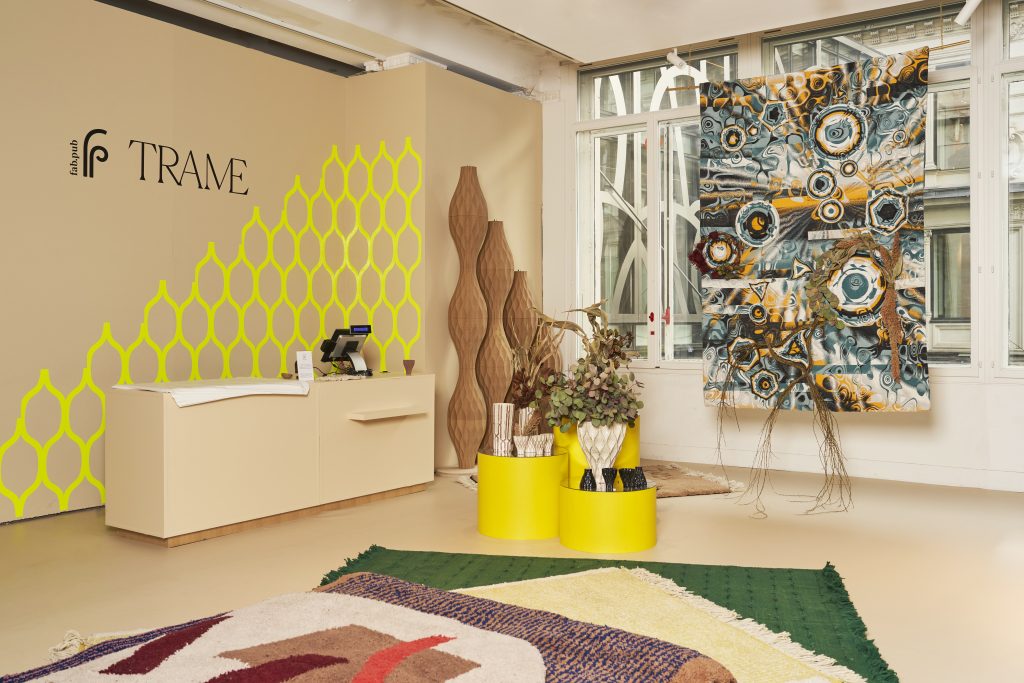
Not too far away at Le Bon Marché Rive Gauche, Art Blocks Engine, design brand TRAME and web3 product studio Crypto Packaged Goods in partnership with French atelier Néolice launched Navette—a series of 200 generative artworks and loom-woven physical counterparts by artist Alexis André. The collaboration brings together a generative art project, 3D printing and textile craftsmanship, realized in two parts.
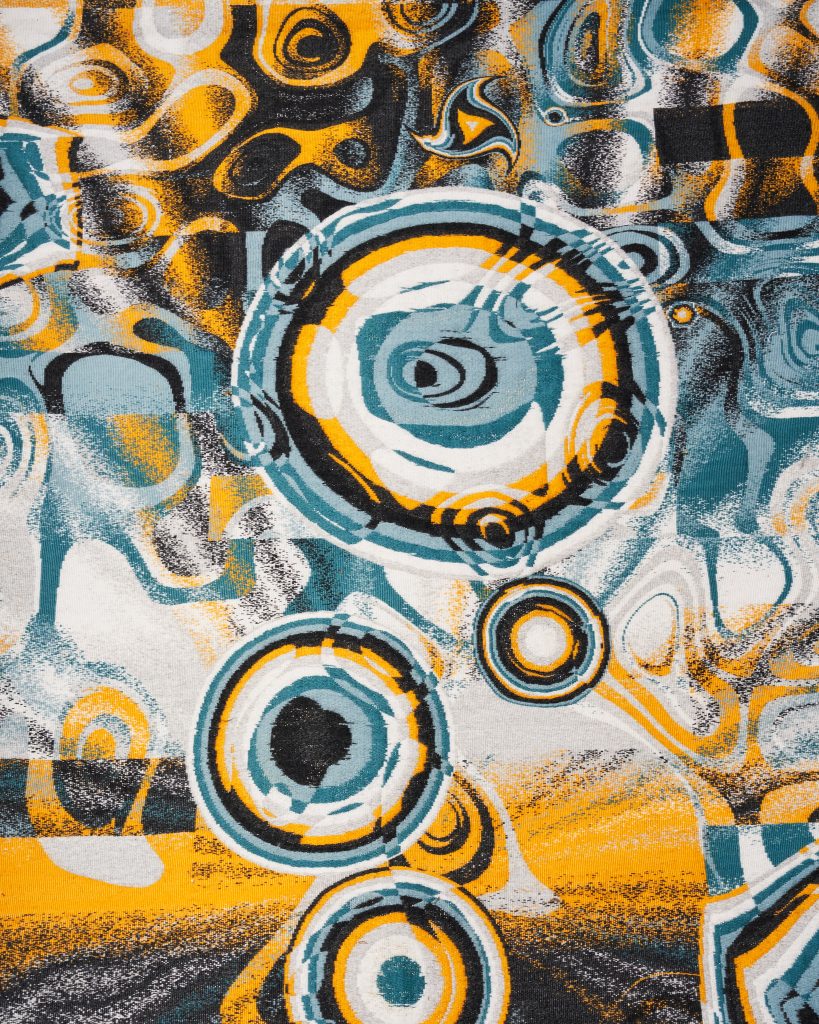
First, a series of generative works created by André were released via Art Blocks’ blockchain technology and a collector buying experience created by Crypto Packaged Goods. Second, the generative code was fed into a digital loom to create one-of-a-kind, large-scale physical tapestries of the artist’s work, which then were claimed by eight owners of the original digital artworks. André revealed the first digital output live alongside its physical prototype in an immersive exhibition that showcased the development process and trip to atelier Néolice (located in Creuse in central France).
For art patrons who are still reticent to adopt NFTs, the physical object helps collectors feel more secure about collecting the corresponding digital object. The conversations and activations linking physical art to digital art could be just what’s needed to galvanize art collectors that still consider NFTs “just jpegs.”
Hero image courtesy of Art Blocks

